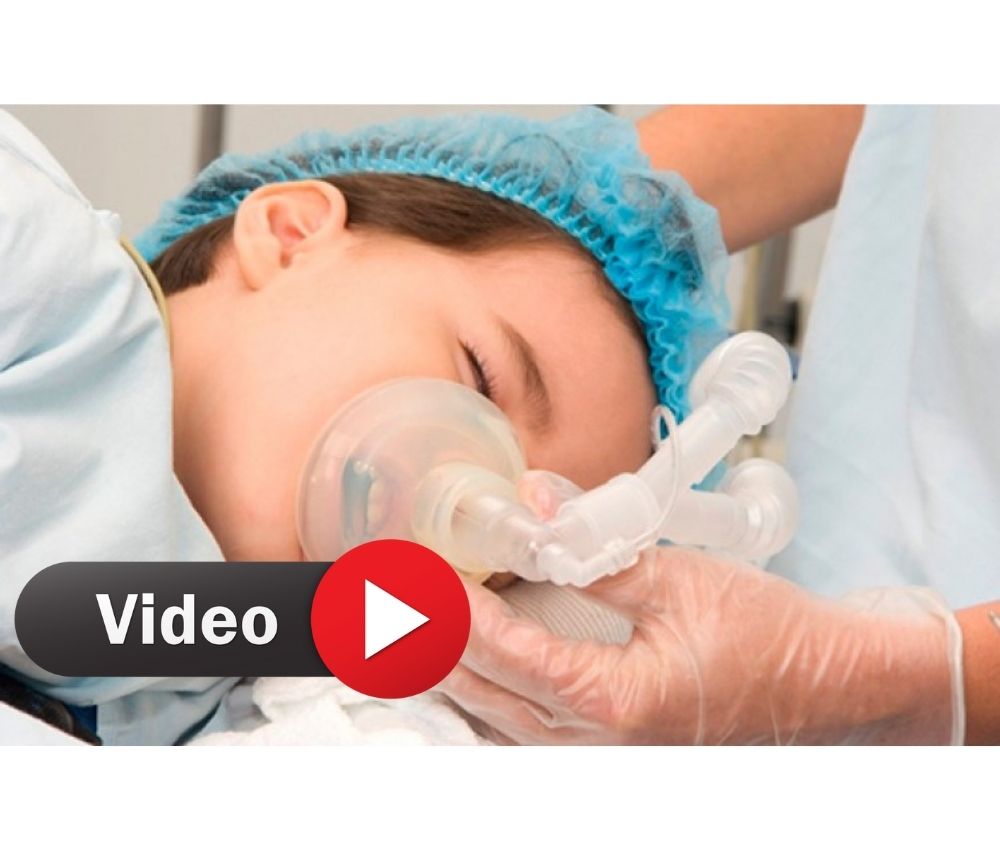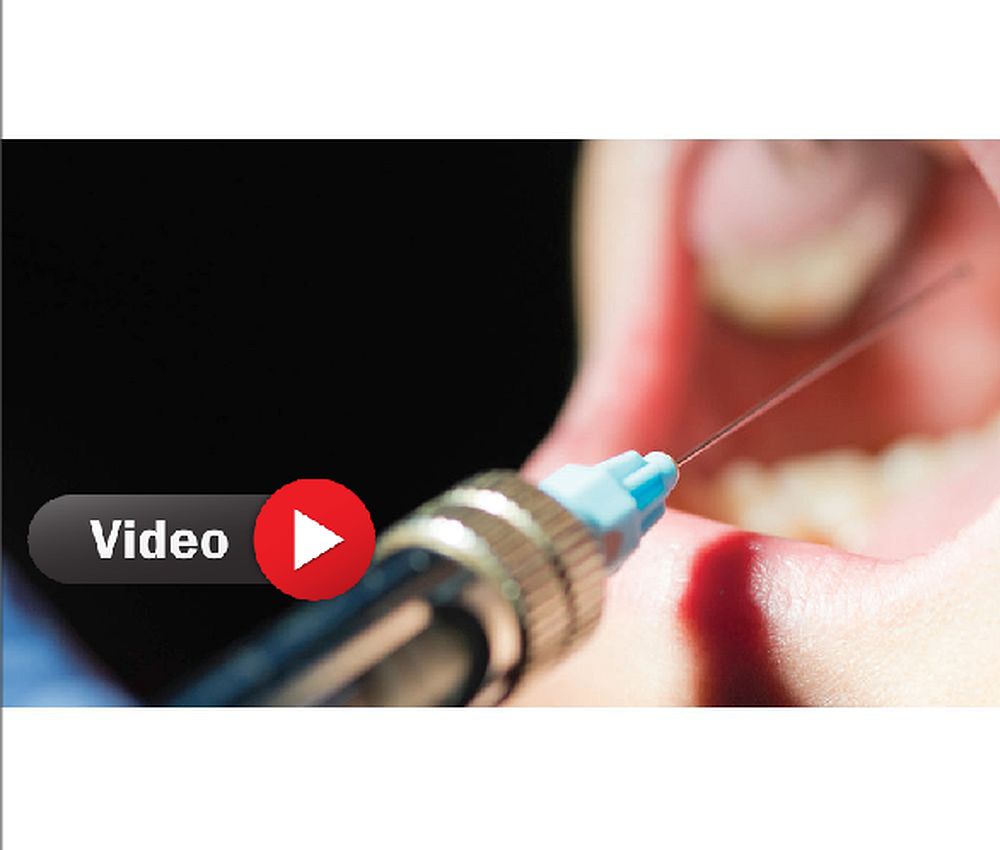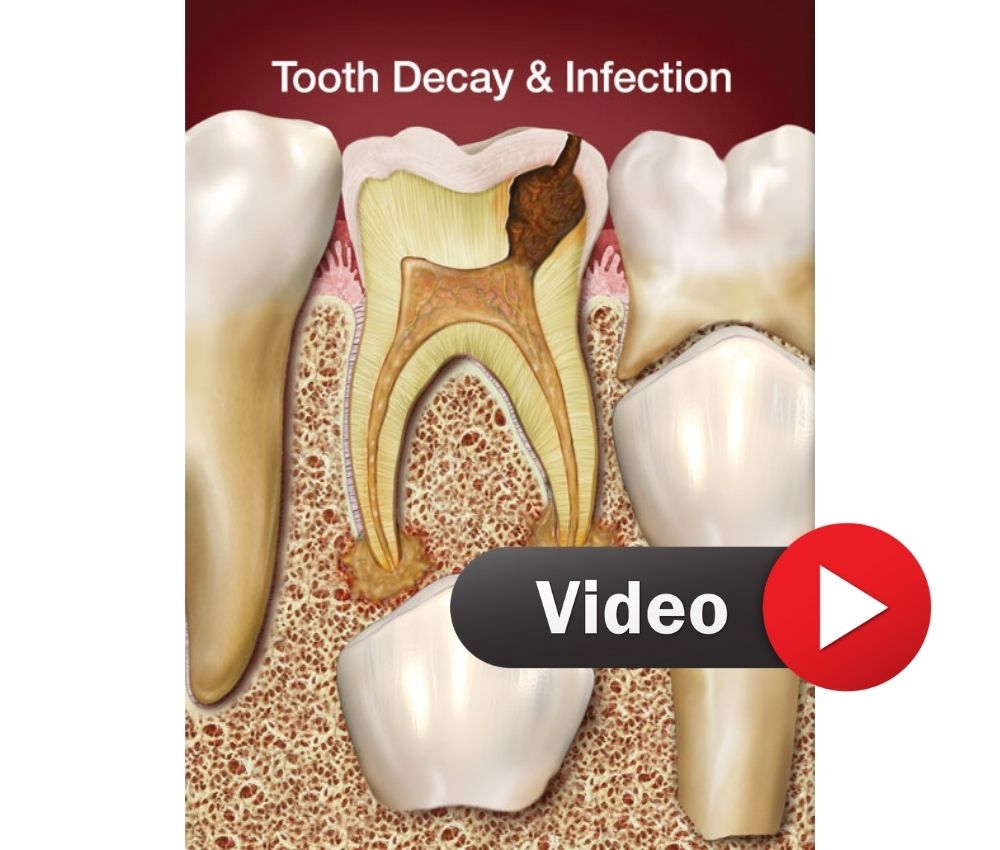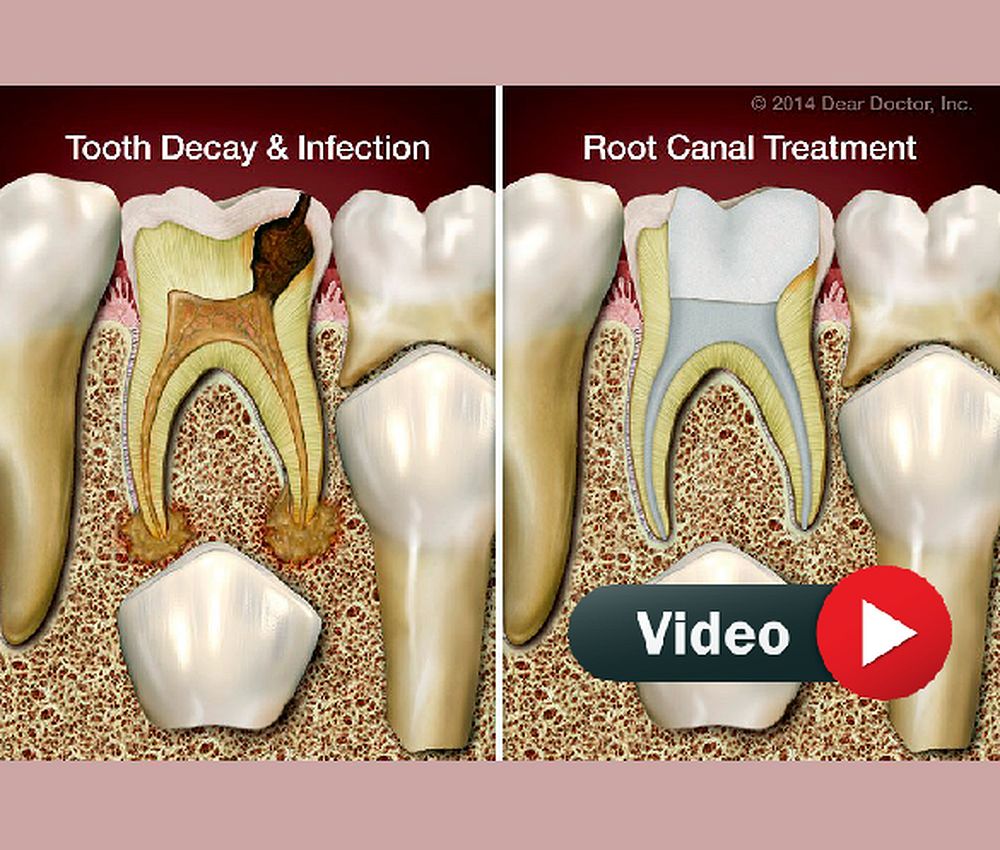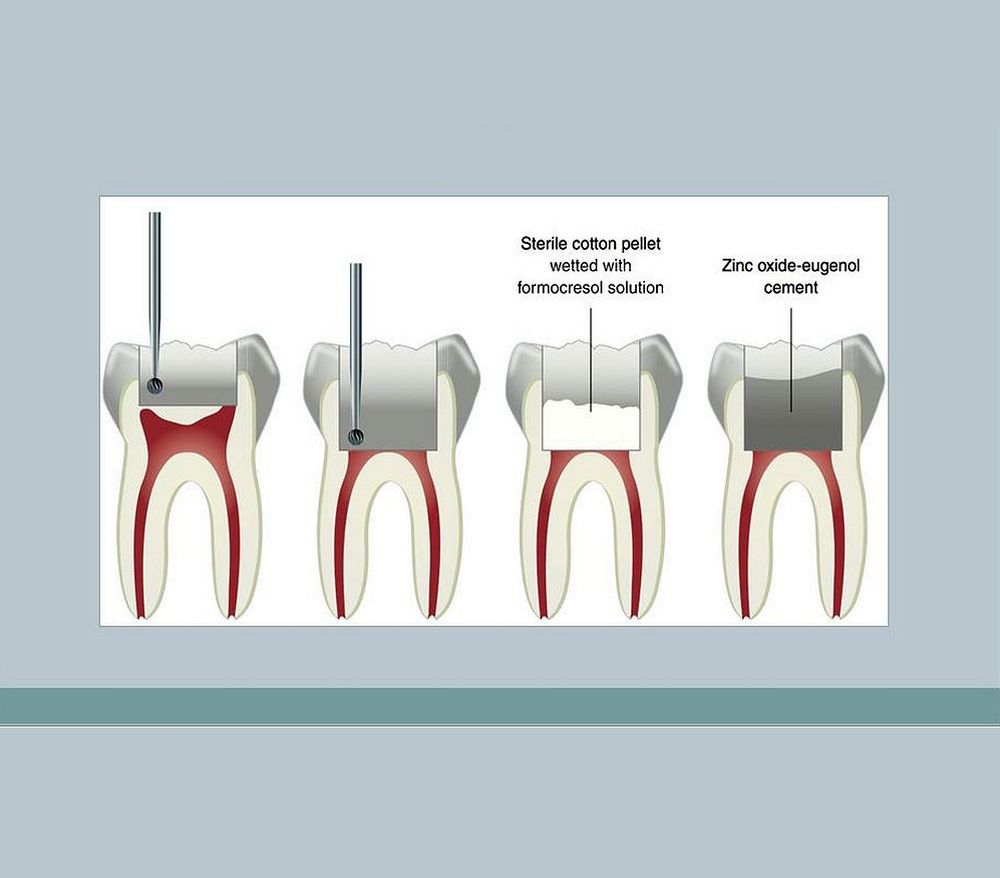La angina de Ludwig es una grave infección bacteriana caracterizada por una tumefacción localizada en el piso de boca. El avance infeccioso es rápido y compromete la salud general del paciente por lo que la acción médica debe ser inmediata.
La tumefacción es dolorosa al tacto y dificulta el habla, deglución y respiración. Es poco frecuente en niños y es causado en su gran mayoría de casos por procesos infecciosos de origen odontogénico.
Enlaces Patrocinados
Compartimos un artículo que repasa los síntomas, diagnóstico y tratamiento de la angina de Ludwig, y presenta el caso clínico de un paciente pediátrico.
ARTÍCULO RECOMENDADO
Celulitis facial en odontopediatría
Celulitis facial en odontopediatría
Medina Domínguez, Rolando, Medina Robainas, Rolando E, Robainas Fiallo, Iliana, Moreno Kim, Silvia Elena, & Infante Arguelles, Roxana. (2013). Angina de Ludwing. A propósito de un caso clínico en niño. Revista Médica Electrónica, 35(5), 516-524. Recuperado en 16 de marzo de 2022, de http://scielo.sld.cu/scielo.php?script=sci_arttext&pid=S1684-18242013000500009&lng=es&tlng=es
También te puede interesar :
► Terapias antimicrobianas en infecciones odontogénicas en niños
► Absceso dental en Odontopediatría - Característica y tratamiento
► Manejo Odontopediátrico de la Celulitis Facial Odontogénica



